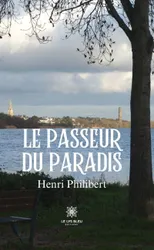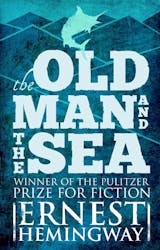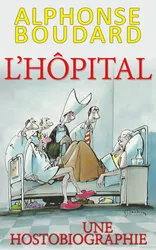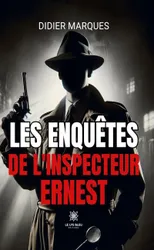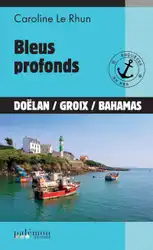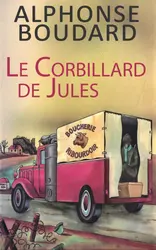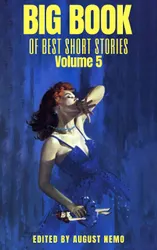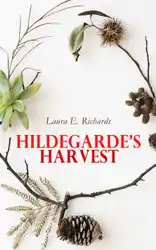THE morning service was over, and the congrega-tion gone home. The preacher was to dine with Captain Maynard, but there was an hour and more to dinner-time, and she had begged permission to stroll about for half an hour, promising to find her way to the comfortable white cottage, perched on a point of rock over-looking the little bay.
Now she was standing on the lower rocks, looking about her; a trim, quiet figure in a black gown, with a close straw bonnet set on her smooth brown hair. She “didn’t handsome much,” the people decided, but she had a taking way with her, and preached good, sound Advent doctrine. They were glad she had come, and would be sorry when the schooner should take her on her way the next day, to preach at other places along the coast.
The young woman seemed to be looking for some one, for she shaded her eyes with her hand, and gazed earnestly up and down the line of rocks. So absorbed was she, that she almost stumbled over a figure sitting on the rocks, which now rose and confronted her. A strange figure enough; so rough and gray and battered that it was hardly to be wondered at that she had not distinguished it from the rock itself. The face it turned upon her was red and brown in patches, as if the skin were moth-eaten; the mouth was huge and misshapen; only the blue eyes, bright and kindly, redeemed, in some degree, the hideousness of the other features.
ABOUT AUTHOR:
Laura Elizabeth Howe Richards (1850 – 1943) was an American writer. She born in Boston, Massachusetts, to a high-profile family. During her life, she wrote over 90 books, including children's, biographies,poetry, and others. A well-known children's poem for which she is noted is theliterary nonsense verse Eletelephony.
Her father was Dr. Samuel Gridley Howe, an abolitionist and the founder of thePerkins Institution and Massachusetts School for the Blind. Samuel Gridley Howe's famous pupil Laura Bridgman was Laura's namesake.
Julia Ward Howe, Laura's mother, was famous for writing the words to The Battle Hymn of the Republic.
In 1871 Laura married Henry Richards. He would accept a management position in 1876 at his family's paper mill at Gardiner, Maine, where the couple moved with their three children.
In 1917 Laura won a Pulitzer Prize for Julia Ward Howe, 1819-1910, a biography, which she co-authored with her sister, Maud Howe Elliott. Her children's book Tirra Lirra won the Lewis Carroll Shelf Award in 1959.
A pre-kindergarten to second grade Elementary School in Gardiner, Mainehonors her name.
Works:
• St. Nicholas Magazine (contributed poetry)
• Baby's Rhyme Book (1878)
• Babyhood: Rhymes and Stories, Pictures and Silhouettes for Our Little Ones (1878)
• Baby's Story Book (1878)
• Five Mice in a Mouse Trap (1880)
• The Little Tyrant (1880)
• Our Baby's Favorite (1881)
• Sketches and Scraps (1881)
• Baby Ways (1881)
• The Joyous Story of Toto (1885)
• Beauty and the Beast (retelling, 1886)
• Four Feet, Two Feet, and No Feet (1886)
• Hop o' My Thumb (retelling, 1886)
• Kaspar Kroak's Kaleidoscope (1886)
• L.E.R. (privately printed, 1886)
• Tell-Tale from Hill and Dale (1886)
• Toto's Merry Winter (1887)
• Julia Ward Howe Birthday-Book (1889)
• In My Nursery (1890)
• Captain January (later made into a movie with Shirley Temple, 1891)
• Star Bright (Captain January sequel, 1927)
• The Hildegarde Series
• Queen Hildegarde (1889)
• Hildegarde's Holiday (1891)
• Hildegarde's Home (1892)
• Hildegarde's Neighbors (1895)
• Hildegarde's Harvest (1897)
• The Melody Series
• Melody (1893)
• Marie (1894)
• Bethsada Pool (1895)
• Rosin the Beau (1898)
• The Margaret Series
• Three Margarets (1897)
• Margaret Montfort (1898)
• Peggy (1899)
• Rita (1900)
• Fernley House (1901)



